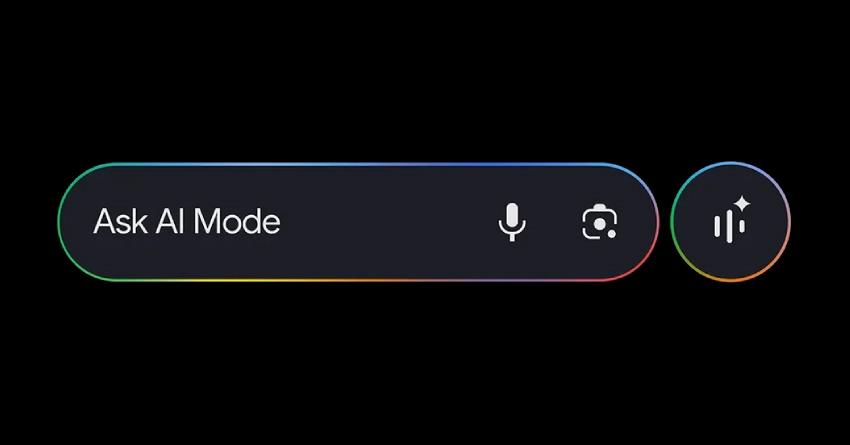In September 2025 Google introduced AI Mode, a multimodal search experience that combines images, natural language, and contextual conversation to help users find information more visually and intuitively. Rather than forcing users to craft precise keywords and manually apply filters, AI Mode lets people show and describe what they want — and then refine results through a back-and-forth interaction.
Primary source: Google Blog.
Key Features
- Multimodal queries: Upload an image or screenshot and add a short description (e.g., “similar but less baggy”) to find matching items and visual results.
- Conversational refinement: Search flows act like a dialogue — you can refine or follow up without losing context.
- Shopping integration: Visual results are connected to pricing, reviews and availability via Google’s Shopping Graph, so discovery and purchase are more seamless.
- Context retention: AI Mode preserves the conversation context so subsequent queries are interpreted relative to earlier steps.
How It Works
AI Mode relies on multimodal AI models that jointly process images and text. Those models are paired with Google’s product and content graphs (for example, the Shopping Graph) to match visual queries to product listings, editorial content, and other relevant web resources. The result is a responsive, visually driven search surface that can recommend, compare, and point users to sellers or sources.
The Importance of AI Mode
This release shifts search from a keyword-first interaction to a discovery-first experience. The significance is practical and strategic for three main audiences:
For everyday users
Many people struggle to translate what they imagine into a short list of keywords. AI Mode lowers that barrier by allowing users to combine images and natural language. The result: faster discovery, fewer frustrating searches, and a more inclusive experience for people who are visual thinkers, non-native speakers, or inexperienced with crafting precise queries.
For shoppers and consumers
By surfacing product details, availability, and reviews directly within a visual result, AI Mode shortens the path from inspiration to transaction. Users can compare items visually and make buying decisions faster — which changes conversion funnels for e-commerce merchants.
For publishers, brands and SEO professionals
Visibility is no longer driven only by keywords and backlinks. To be discoverable in AI Mode, content must be multimodally understandable: high-quality images with descriptive alt text, structured product metadata, clear authorship and verifiable sources. Sites that optimize for rich structured data, accurate product feeds, and accessible image markup will have an advantage.
Challenges and Considerations
- Traffic impact: Rich AI results can reduce direct clicks to source sites, so publishers should adapt their monetization and distribution strategies.
- Accuracy & hallucinatory risk: AI systems occasionally produce incorrect or misleading outputs; users and businesses must validate critical information.
- Content rights: The use of web content as training or summarization material raises licensing and opt-out questions that the industry continues to debate.
- Transparency & trust: Users will expect clear signals about where information came from and how recommendations were generated.
What Comes Next
Google has signaled several likely developments: broader language and regional rollouts, tighter shopping integration, and evolution toward agent-like behaviors that can complete tasks on behalf of users (for example, booking or checkout automation). Over time AI Mode could become the default search interface — turning search into a continuous, conversational discovery surface rather than a static list of blue links.
Practical Tips: How to Prepare (for businesses & creators)
- Improve image quality & metadata: Use high-resolution images, descriptive filenames and clear alt text so multimodal models can interpret visuals accurately.
- Implement structured data: Product schema, price and availability markup help AI link visual results to the correct product pages.
- Focus on E-A-T: Establish expertise, authority and trust signals (clear authorship, citations, transparent policies) — especially for YMYL topics.
- Monitor referral changes: Track how AI Mode affects clicks and conversions and diversify traffic sources (email, social, direct) to offset potential dips.



